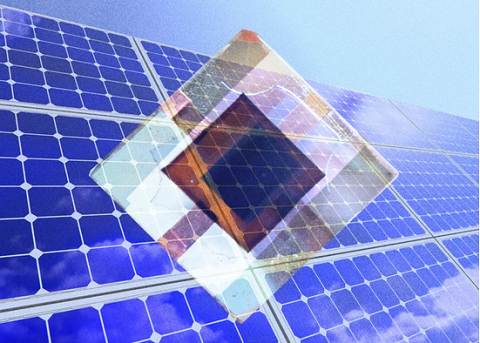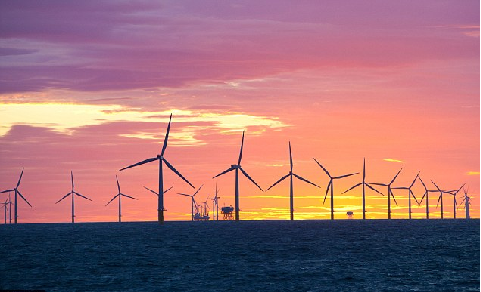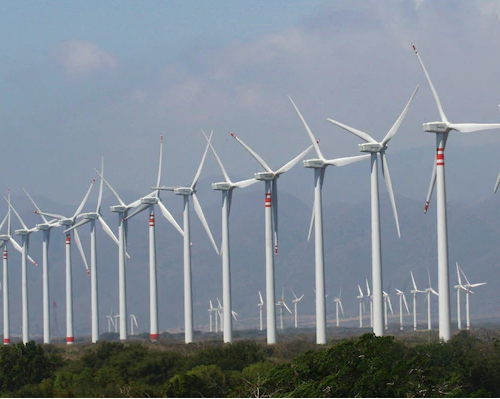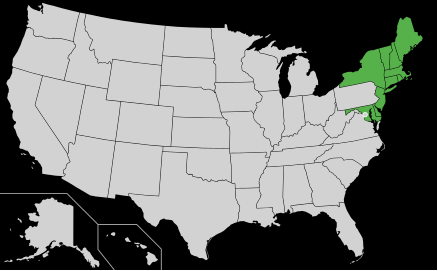
Solar Panels are More Efficient Than You’ve Heard
May 18, 2020
Irish Draft Programme for Government Includes a Green New Deal and a Ban on Fracked Gas Imports
June 27, 2020Goldman Sachs Says Renewable-Energy Spending Will Surpass Oil and Gas for the First Time Ever in 2021

By Ben Winck, Business Insider, June 17, 2020
Read about the financial troubles of US shale companies in the Financial Times.
- Green-energy investing will account for 25% of all energy spending in 2021 and, for the first time ever, surpass spending on traditional fuel sources like oil and gas, Goldman Sachs said in a Tuesday note.
- Should the US aim to hold global warming within 2 degrees Celsius, the pivot to renewable energy sources will create between $1 trillion and $2 trillion in yearly infrastructure spending, the team of analysts added, or an investment opportunity as big as $16 trillion through 2030.
- While past economic downturns halted efforts to lift clean energy initiatives, the coronavirus recession “will be different,” the firm said.
- Green technologies “are now mature enough to be deployed at scale,” and the transition can benefit massively from cheap capital and “an attractive regulatory framework,” according to Goldman.
The transition to renewable power from traditional fuels will create a $16 trillion investment opportunity through 2030 as spending shifts to new infrastructure, Goldman Sachs analysts said Tuesday.
The bank projects green-energy spending to pass that of oil and gas for the first time ever next year and account for roughly 25% of all energy spending. The share stood at just 15% in 2014, but a dive in fossil-fuel investing over the past decade shifted more dollars to clean energy initiatives.
If the nation aims to hold global warming within 2 degrees Celsius, the move toward renewable energy would create between $1 trillion and $2 trillion in yearly infrastructure spending, the team led by Michele Della Vigna wrote in a note to clients.
Economic downturns have historically slowed efforts to boost clean energy investing, but Goldman sees the coronavirus downturn bucking that trend and accelerating the nationwide pivot.
“We believe this time will be different, especially for technologies that are now mature enough to be deployed at scale and can benefit from a falling cost of capital and an attractive regulatory framework, unlocking one of the largest infrastructure investment opportunities in history on our estimates,” the team wrote.
The decade-long strategy isn’t without its risks. Goldman warned that low cost of capital and an attractive regulatory framework are “essential” to moving green infrastructure forward. Such projects can be as much as three-times more demanding of capital and jobs compared to traditional energy developments.If either side of the public-private collaboration falters, the transition will slow dramatically, the bank said.
Two-speed de-carbonization also poses a threat to the firm’s outlook. Fiscal and monetary aid will likely boost mainstream clean-energy initiatives like solar and wind power. Yet growing technologies like clean hydrogen and the creation of carbon markets risk being placed on the back-burner.
If the latter efforts can’t gain access to sufficient capital, the long-term plan to slash carbon emissions will stall, Goldman warned.
“This may ultimately delay the technological breakthroughs necessary to flatten the de-carbonization cost curve and achieve cost-efficient net zero carbon,” the team wrote.



